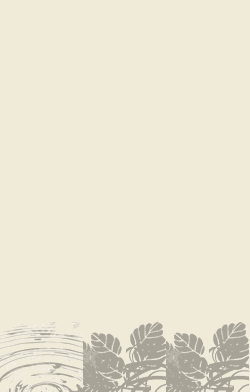King’s hairstreak is found along the Atlantic coastal plain from Maryland south to Florida and west through the Gulf states, both along the coast and inland, to eastern Texas. Its habitat is damp to swampy woodland and stream edges in a range of forest types. Adults are found mainly close to the larval hostplant, sweetleaf. King’s hairstreak is uncommon or rare throughout its range and found only in small, localized populations. The principal threat is forest clearance leading to destruction or fragmentation of habitat.
King’s hairstreak is uncommon or rare throughout its range and found only in small, localized populations. It is also not as widespread as its larval hostplant and often missing from what appears to be suitable habitat. It does not appear to be facing imminent decline but is not demonstrably secure. Both Delaware and Maryland list King’s Hairstreak as endangered under state statute.
Satyrium kingi is a small butterfly in the family Lycaenidae (goassamer-wings). It’s wingspan is 1? to 1½ inches (3.0 to 3.8 cm).
The uppersides of its wings are brown with a whitish fringe and a pair of dark spots at the base of its twin tails (one long, one short). The hindwing margin is indented above the second (shorter) tail. The undersides of the wings are pale brown with a postmedian row of darker, white-edged spots and a submarginal band of dark spots that become cresent shaped toward the trailing edge of the hindwing. At the base of the tails are two tail spots, black by the short tail and blue by the long tail; each is capped with orange.
Habitat for King’s hairstreak is damp to swampy woodland and stream edges in a range of forest types—hardwood, conifer or mixed. Adults are found mainly close to the larval hostplant, sweetleaf (Symplocos tinctoria).
There is one adult flight period between May and July, although the exact timing varies with latitude. Eggs are laid singly and overwinter before hatching the following spring. Larvae feed on new foliage. The pupal stage is probably spent in leaf litter.
(From The Xerces Society for Invertebrate Conservation, October 21st, 2010)




